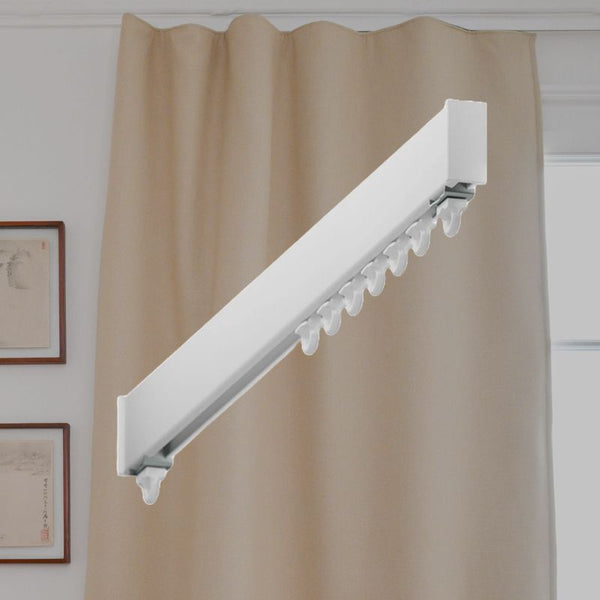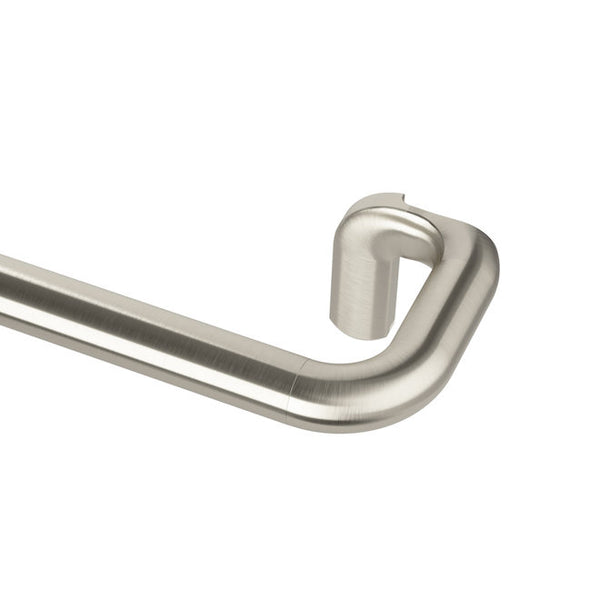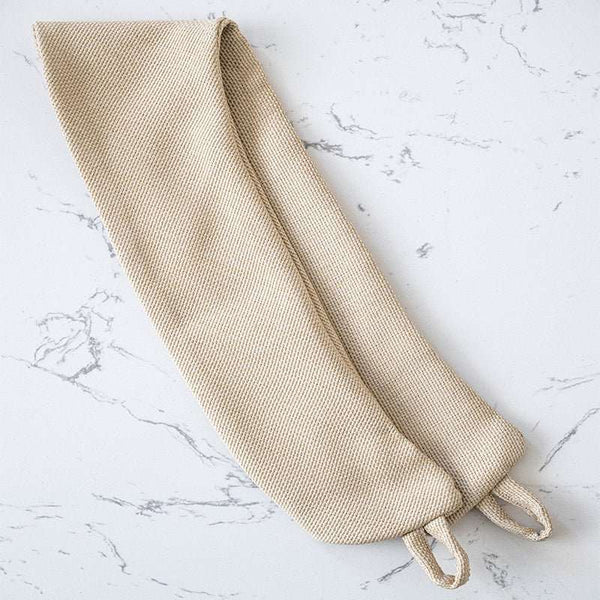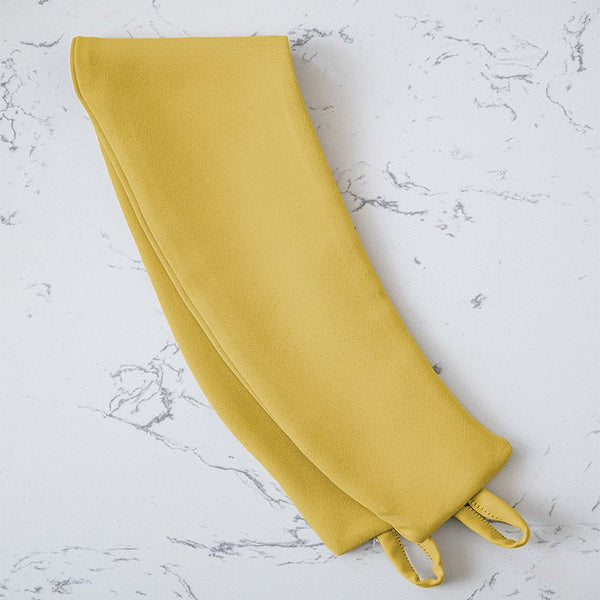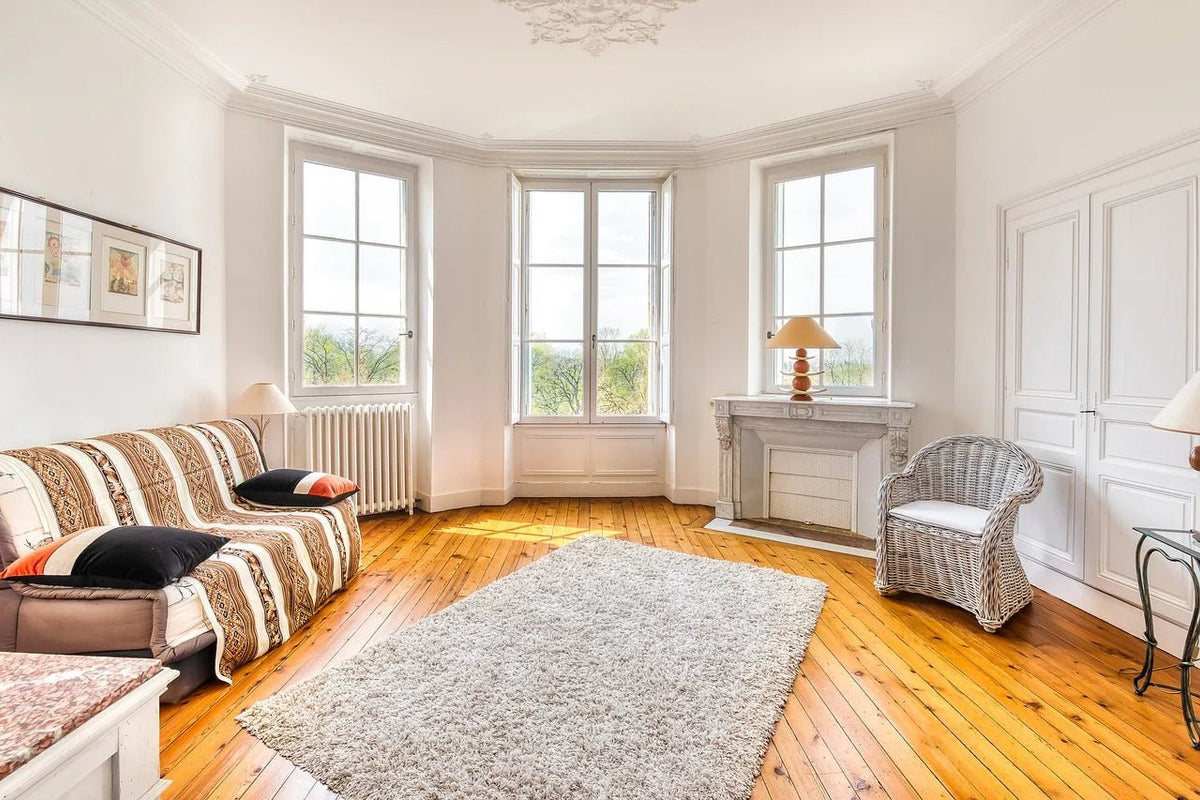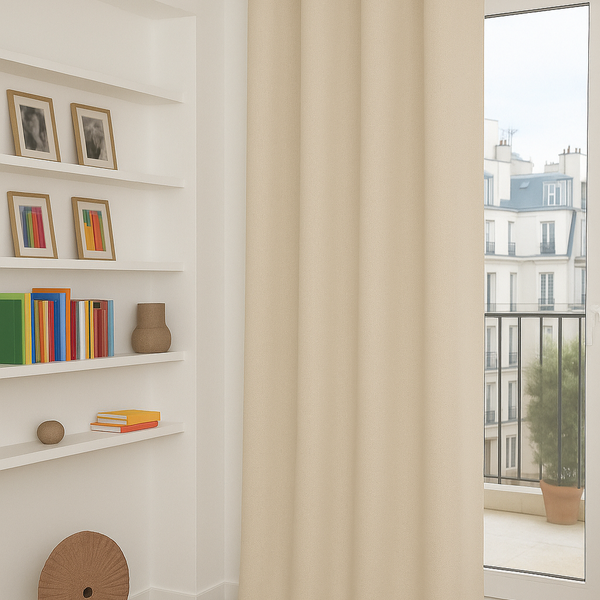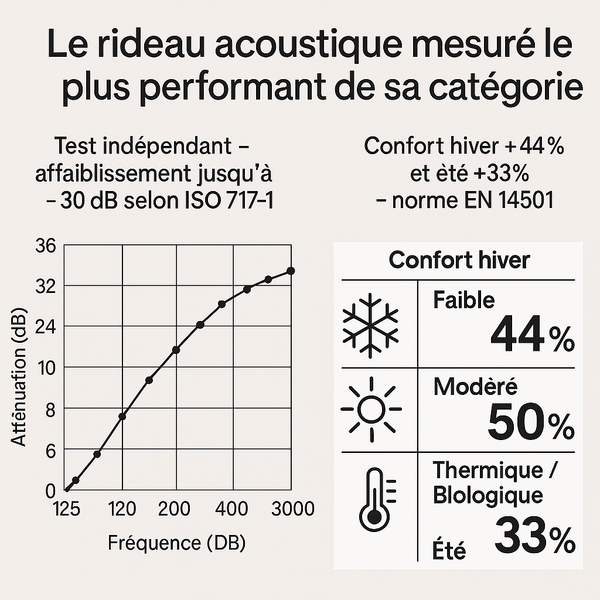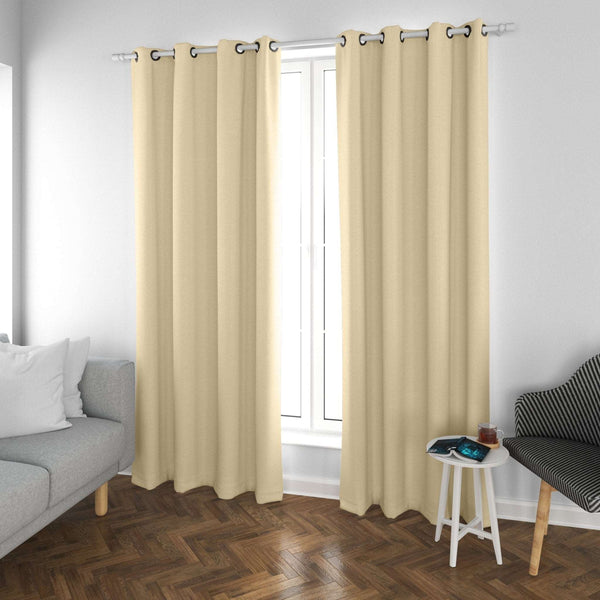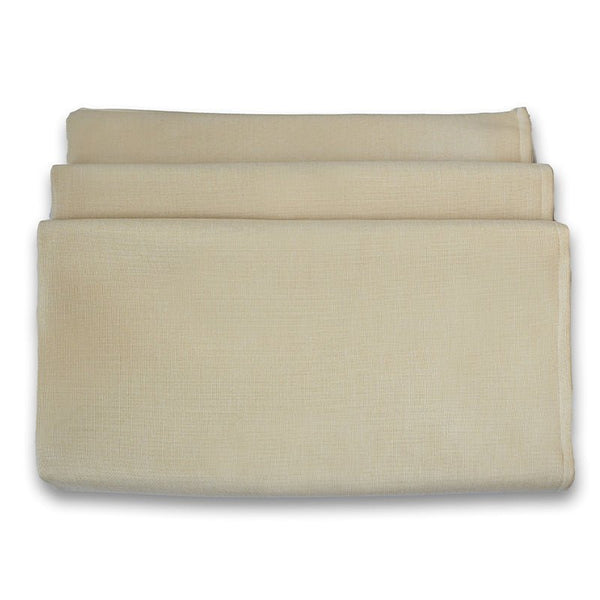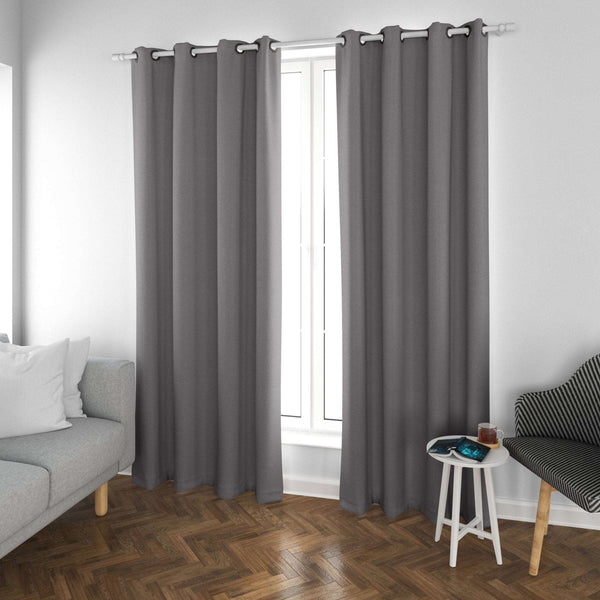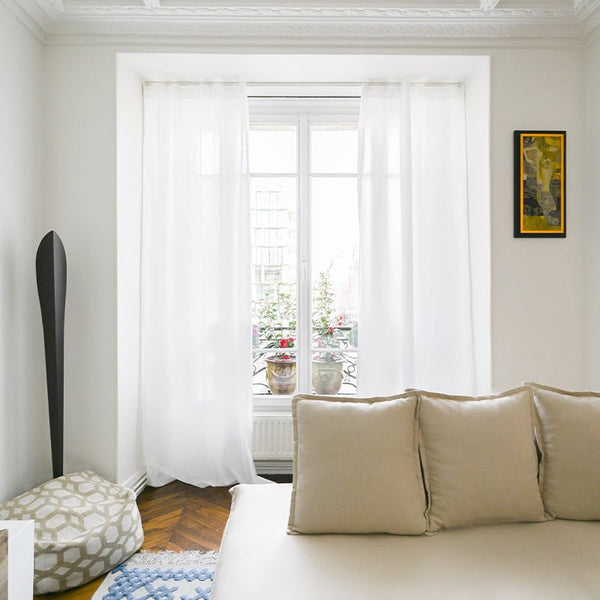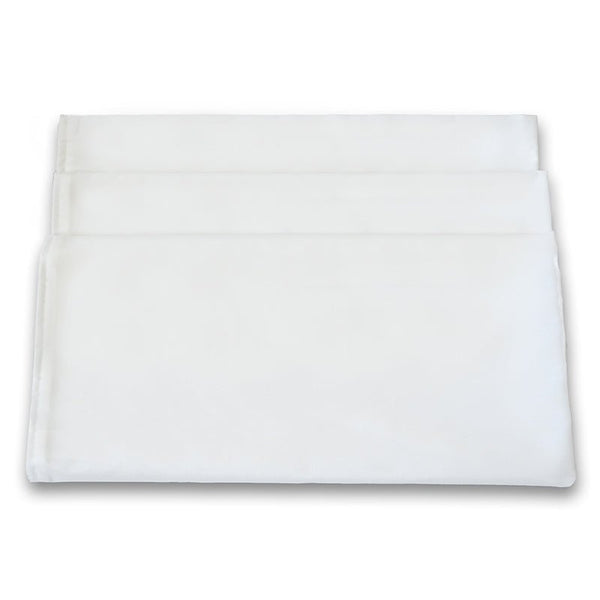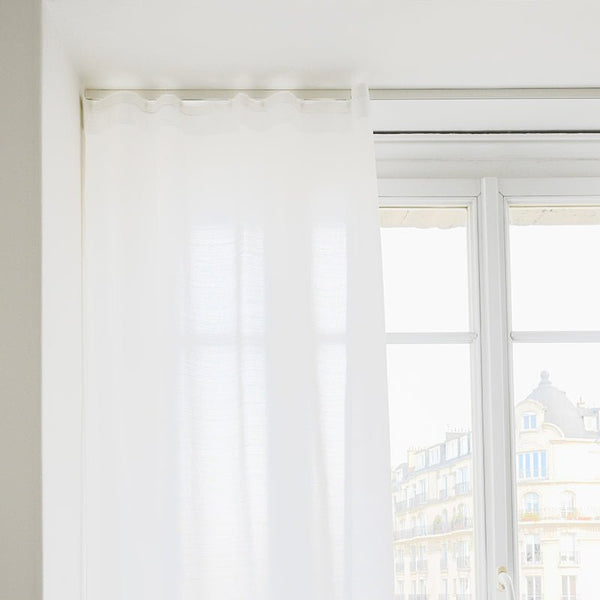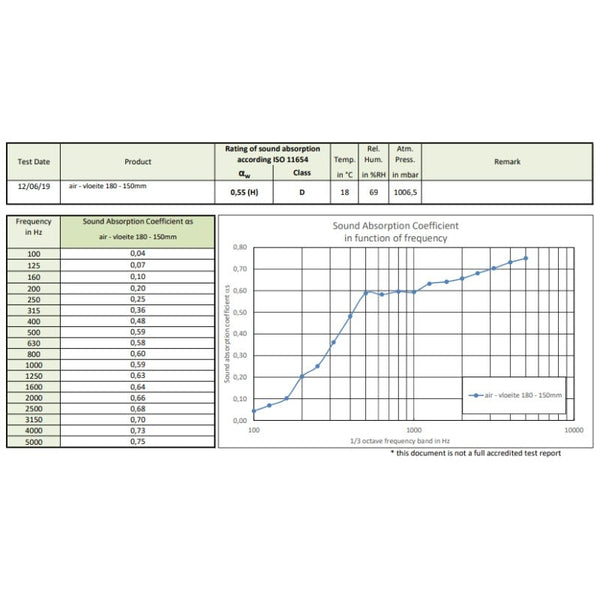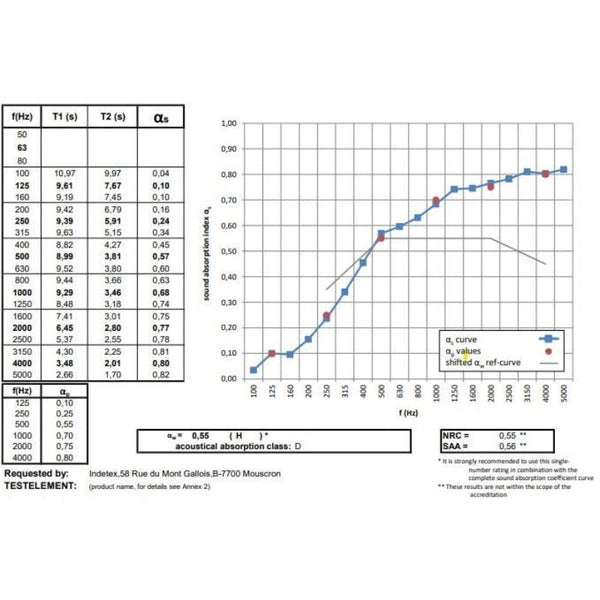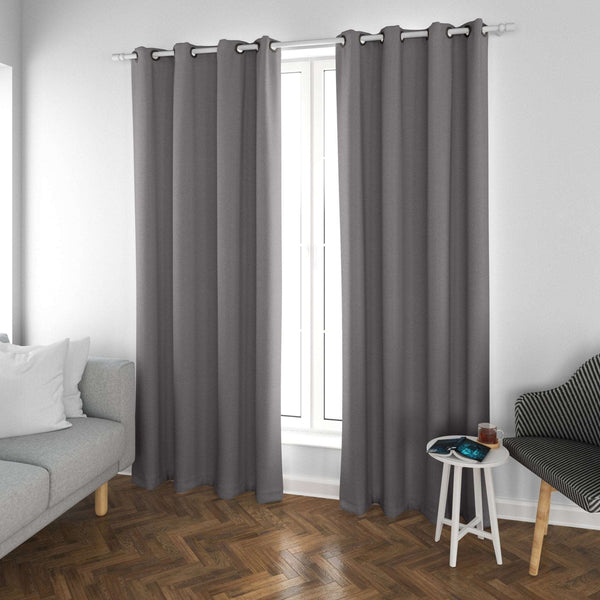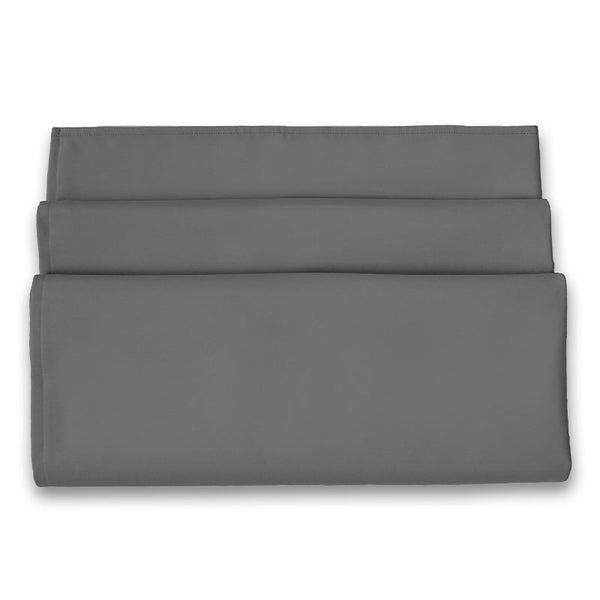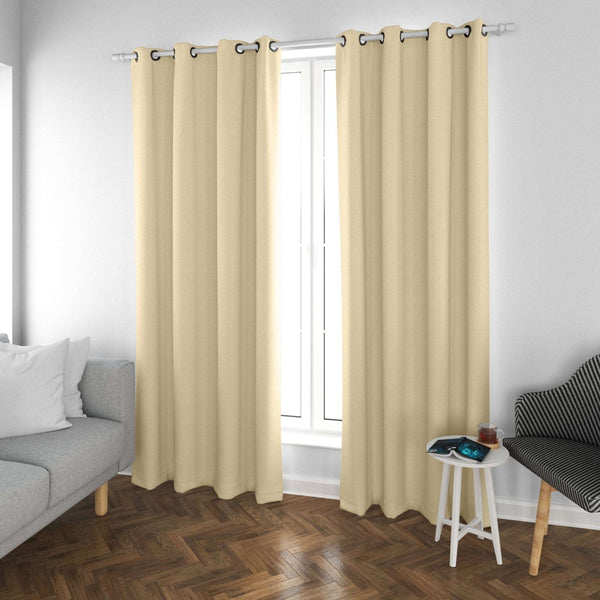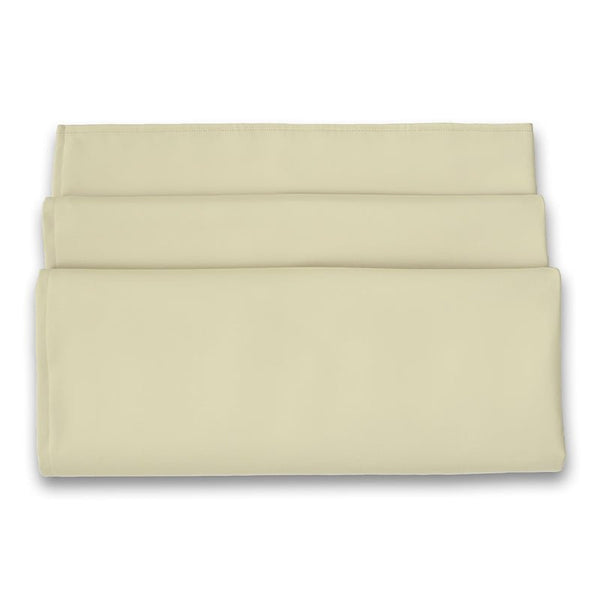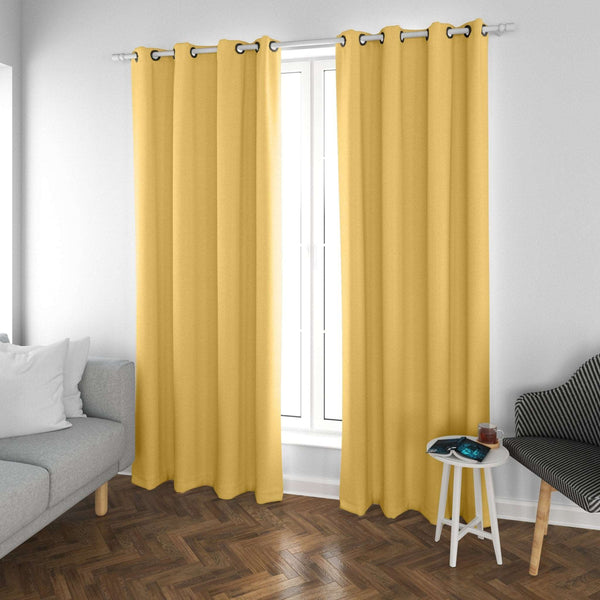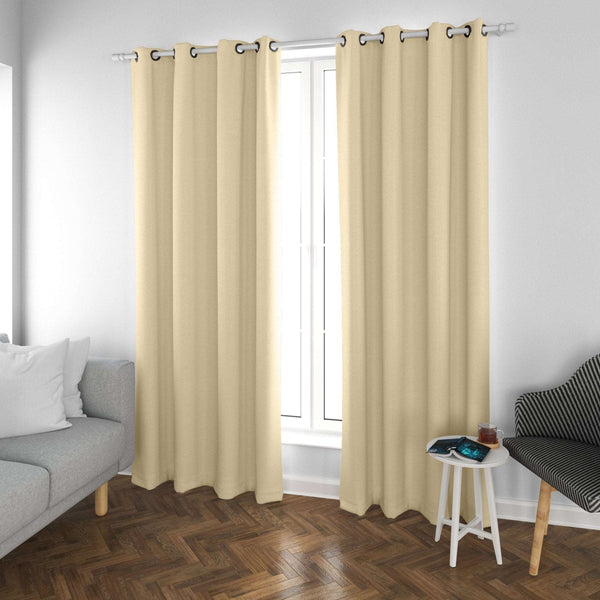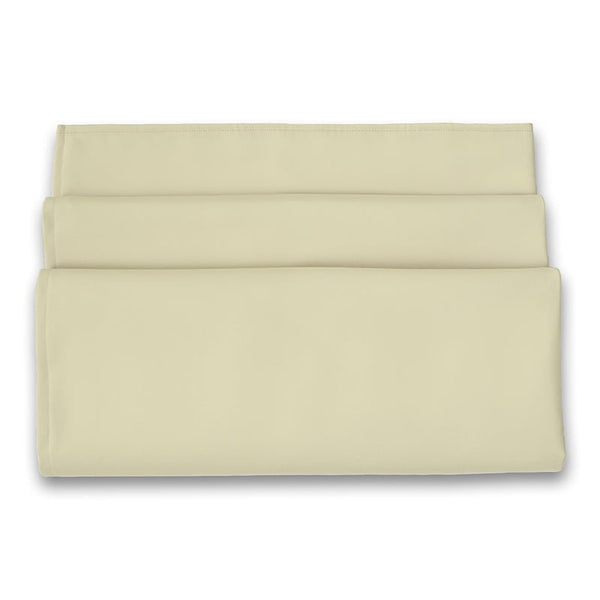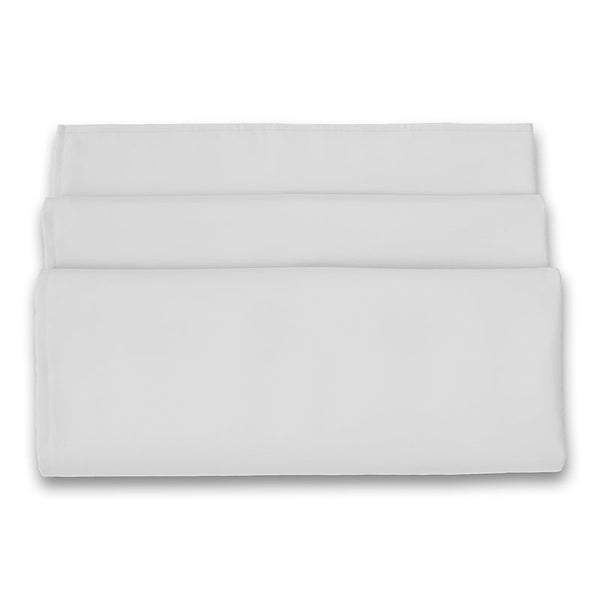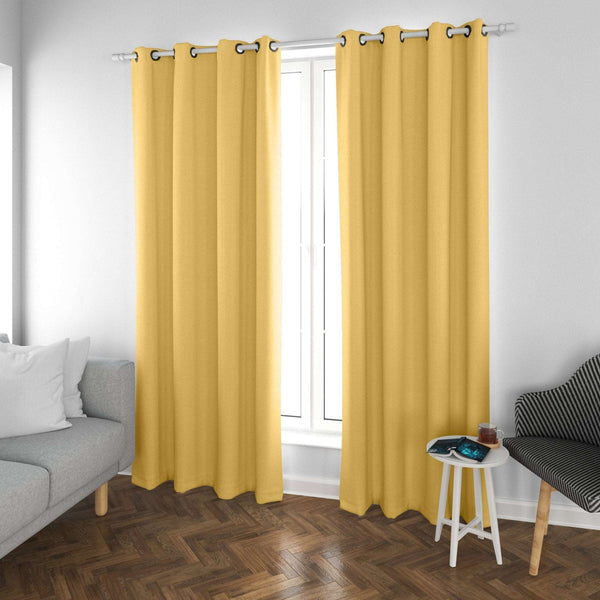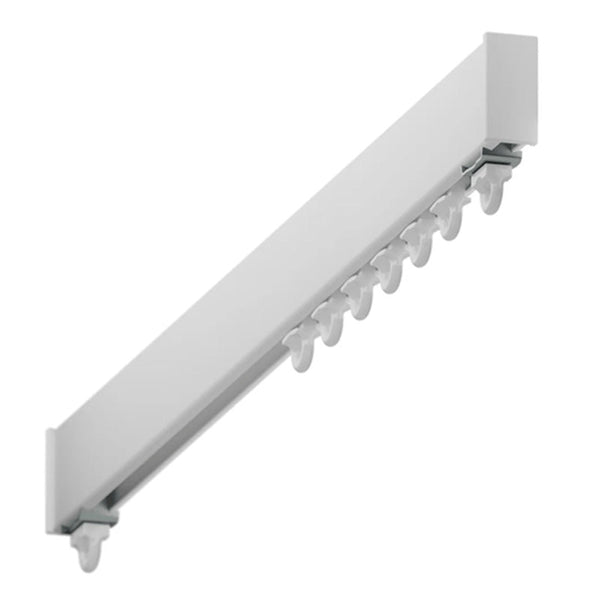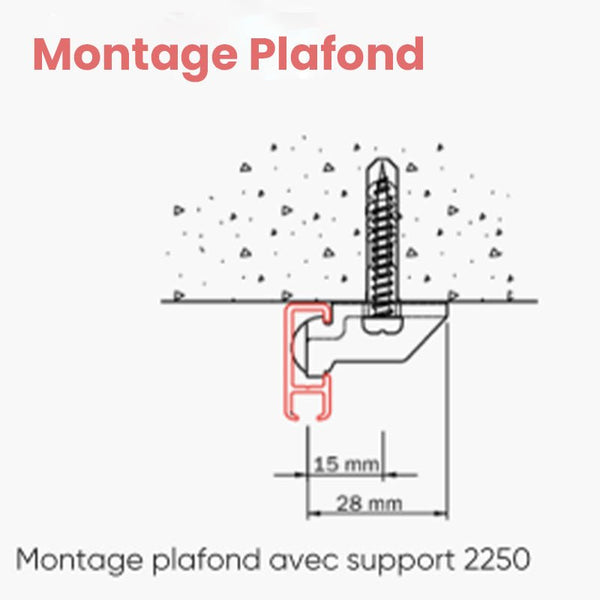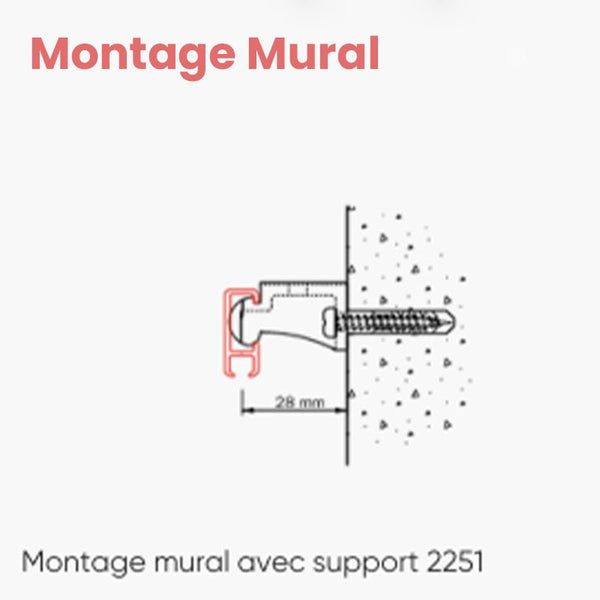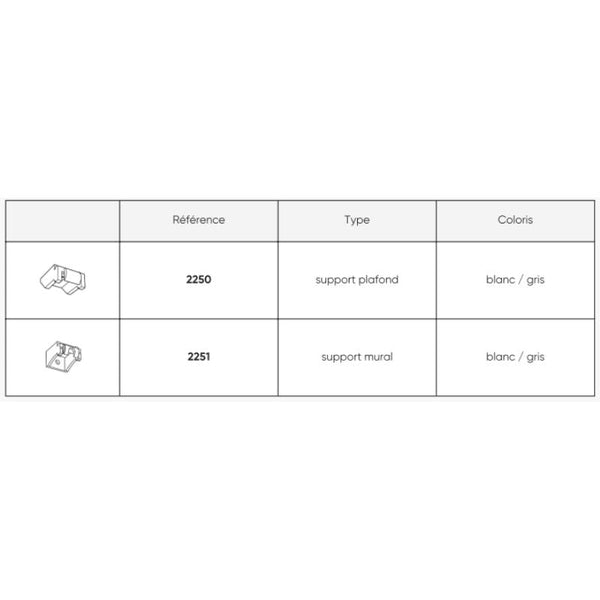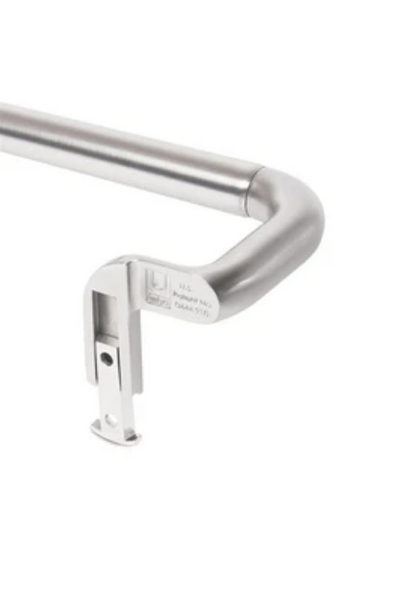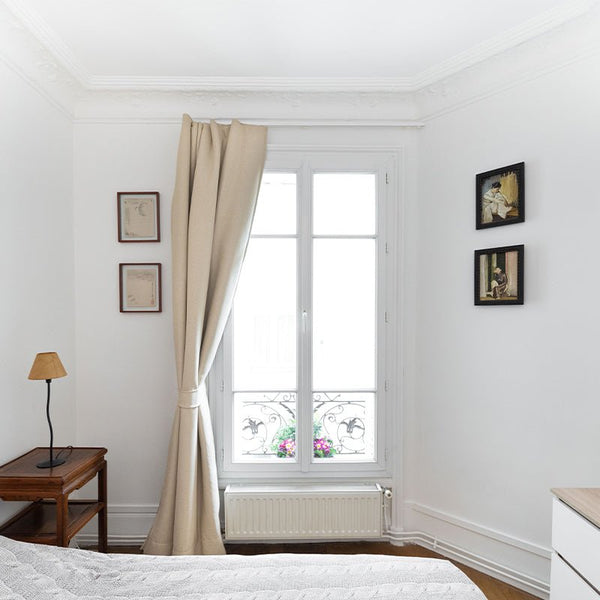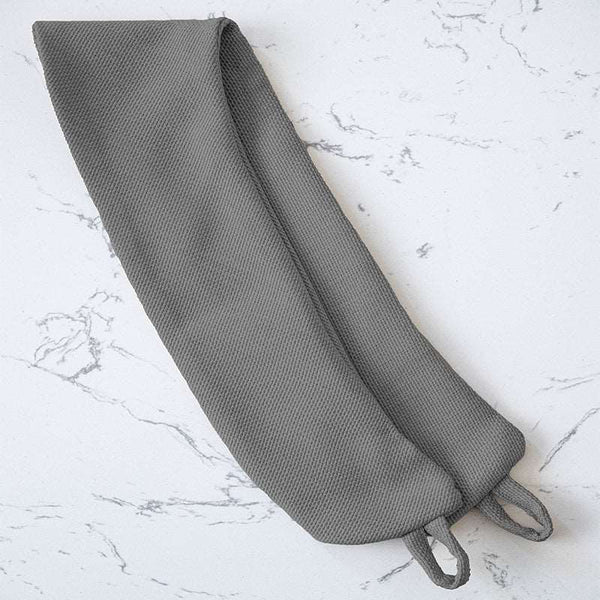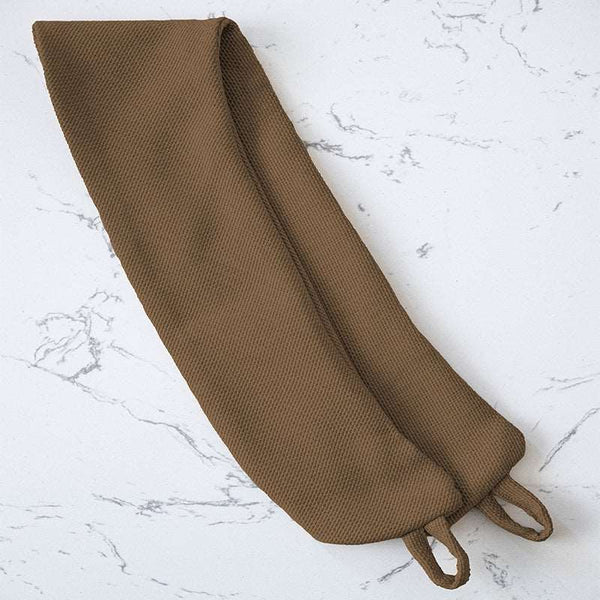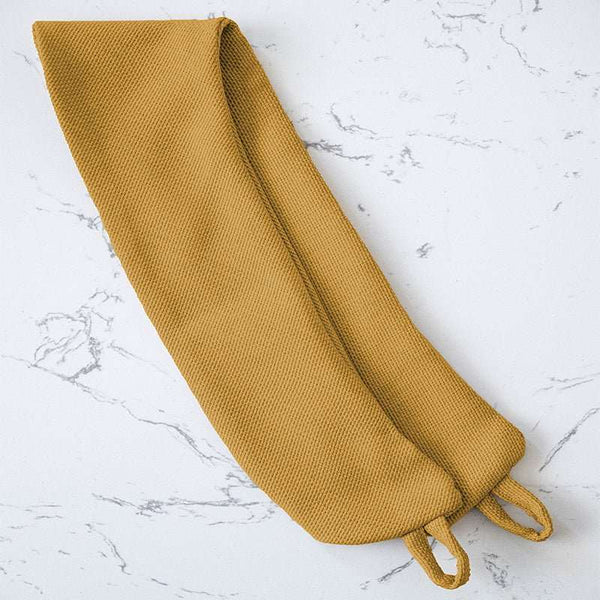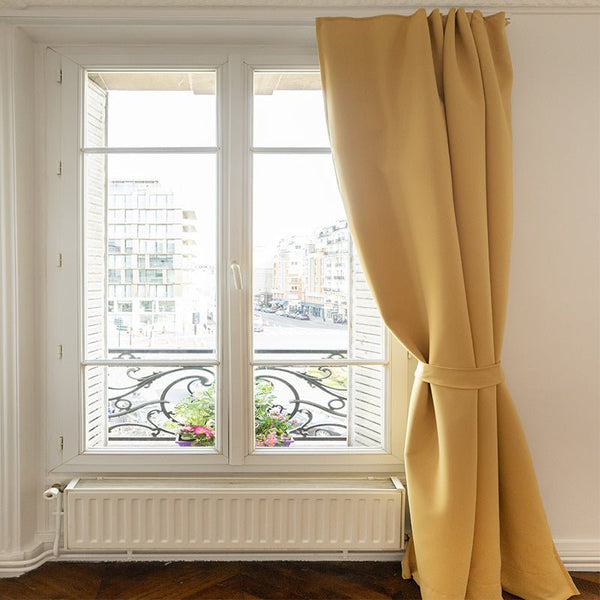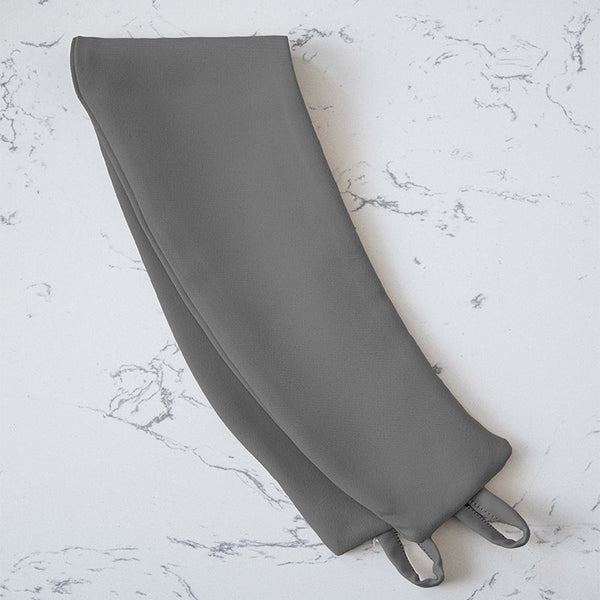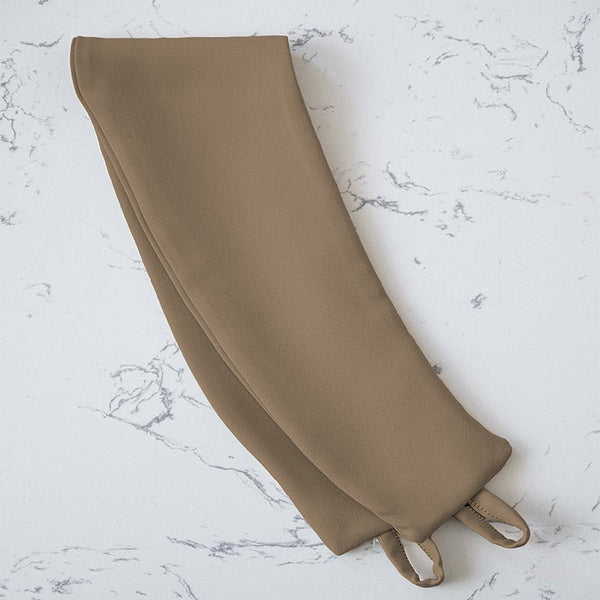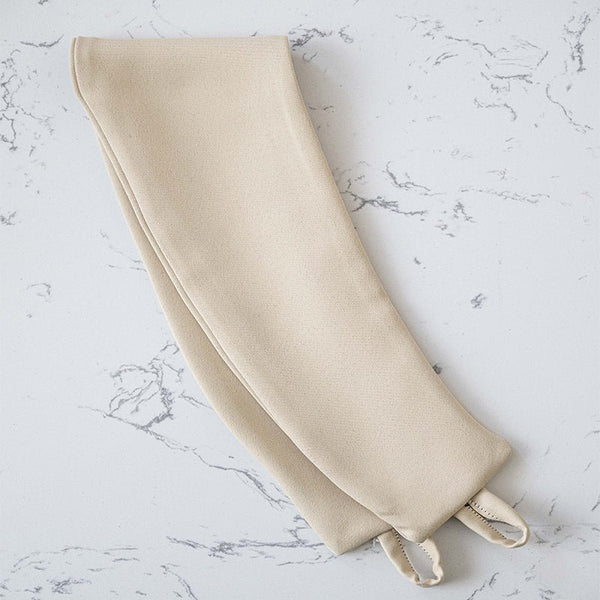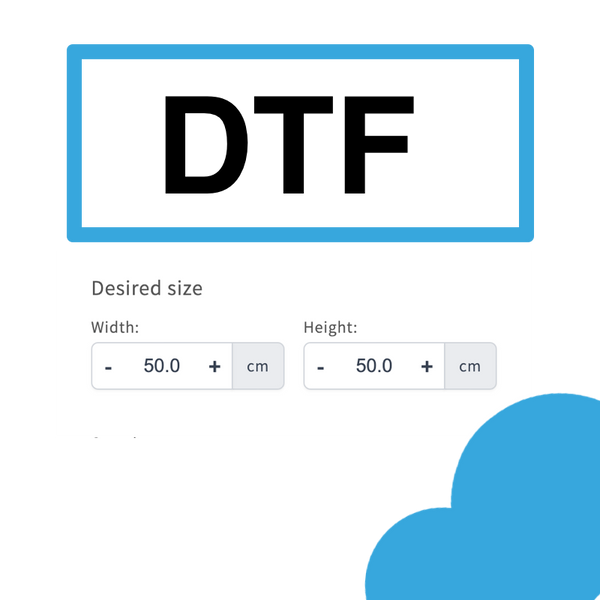More than just a decorative accessory, curtains can contribute to heat and sound insulation. In fact, thanks to its special design, it can regulate the temperature inside the house or reduce sound reverberation. In this way, it promotes comfort for all occupants. However, there are many different types of curtain on the market, each with its own specific function. The question then arises: what's the difference between an insulating curtain and a thermal curtain? In this guide, we present the points of distinction between the two, as well as some tips for choosing a curtain to suit your needs.
What is a sound-insulating curtain?
Definition and characteristics of acoustic curtains
The acoustic curtain is designed to correct echo in a room and reduce outside noise. This device is made of heavy, thick, absorbent fabrics.
Types of materials used for insulating curtains
Various materials are used to make sound-absorbing curtains. These include velvet, polyester, natural felt, jacquard fabrics and blackout fabrics. Some of these materials can also be used to make a thermal curtain.
Advantages and disadvantages of acoustic curtains
Soundproof curtains have both advantages and disadvantages:
The benefits
Acoustic curtains are particularly effective at attenuating ambient and outside noise. As a result, they maximize comfort inside the home. What's more, they're aesthetically pleasing and very easy to install.
Disadvantages
Although effective for certain noise levels, insulating curtains are not the best solution if resonance problems are significant. In this case, we recommend soundproofing work to complement their action.
What is a thermal curtain?
Definition and characteristics of thermal curtains
Thermal insulation curtains combat heat loss and cold in winter. Like acoustic curtains, they are composed of several layers of fabric. Some models even feature a special lining and can simultaneously reduce noise, regulate temperature and filter light.
Types of materials used for thermal curtains
Thermal curtains are made from thick materials such as cotton, velvet, wool and polyester. They are lined with another layer of acrylic to enhance their effectiveness.
Advantages and disadvantages of thermal curtains
Here are the advantages and disadvantages of thermal curtains:
The benefits
Firstly, the thermal curtain improves comfort by retaining heat and blocking draughts. Secondly, it is a blackout. This means it controls light and preserves privacy. Last but not least, it helps to insulate against sound, as a thick fabric is able to absorb sound waves.
Disadvantages
The only drawback of the thermal curtain is that it can darken a room when drawn.
Comparison of acoustic and thermal insulating curtains
In concrete terms, what is the difference between an insulating curtain and a thermal curtain? Here's a comparative study of the two:
Main differences between the two
Thermal and insulating curtains differ mainly in their functions. While one is designed to enhance thermal insulation, the other helps reduce noise.
Performance: which is more efficient?
Since they are intended for different uses, the performance of these two devices cannot be compared. The thermal curtain is more effective in combating heat loss, while the acoustic curtain is ideal for attenuating noise and echo. The most effective models are those that combine both functions.
Impact on indoor comfort and energy savings
By optimizing room acoustics, the acoustic curtain creates a relaxing atmosphere. Thermal curtains, on the other hand, maintain a pleasant indoor temperature all year round. In this way, both considerably enhance comfort. What's more, the use of a thermal curtain reduces heating and air-conditioning requirements. As a result, it saves energy.
Application of acoustic and thermal insulation curtains
To be able to answer the question: what's the difference between an insulating curtain and a thermal curtain, it's important to know their applications.
When and where to use acoustic curtains?
The acoustic curtain has a variety of applications. It can be installed in conference rooms, theaters, restaurants and any environment where noise needs to be controlled.
When and where to use thermal curtains?
Thermal curtains are mainly used in residential buildings. It can be installed in front of windows, doors and patio doors. Its use is recommended to reduce heating costs, improve interior comfort and optimize thermal insulation.
Concrete examples of use in the home
Here are a few examples of how soundproofing and thermal curtains can be used in the home:
In the bedroom
In winter, the thermal curtain prevents heat escaping through the window, especially on cold nights. As for the sound curtain, it reduces noise from neighbors and from other rooms. Both guarantee a good night's sleep.
In a home office
By installing a sound curtain in your office, you can eliminate distractions and easily concentrate on your work.
How to choose the right curtain for your home?
Having answered the question: what's the difference between an insulating curtain and a thermal curtain, here are a few tips on choosing the right curtain model for your home.
Selection criteria
When choosing a curtain for your home, consider the following:
- your specific needs: if you want to improve acoustic insulation, opt for an insulating curtain. On the other hand, to improve thermal comfort, a thermal curtain is the best option;
- your budget: curtains are available in different price ranges. Choose according to your budget;
- aesthetics : select a model that matches your interior design.
Purchasing and installation tips
When buying a curtain, make sure its dimensions match its use. For example, it should completely cover a window and fall to the floor. Similarly, when installing a curtain, make sure it protrudes 10 centimetres on each side to ensure effective insulation.
Nokomis, your partner for acoustic or thermal curtains tailored to your needs
The importance of choosing the right curtain to maximize comfort and energy savings
By buying a curtain that's tailored to the size of your window, you can take full advantage of its benefits. It's the best way to maximize comfort and energy savings. If the curtain is large enough, it will effectively insulate the room from cold and noise. It will also minimize heat loss.
View Nokomis products
Looking for quality acoustic or thermal curtains? Take a look at our catalog. At Nokomis, we offer a wide choice of models combining design and performance. They can meet different needs and match different styles of decoration. Don't compromise on your comfort and choose excellence with Nokomis.
